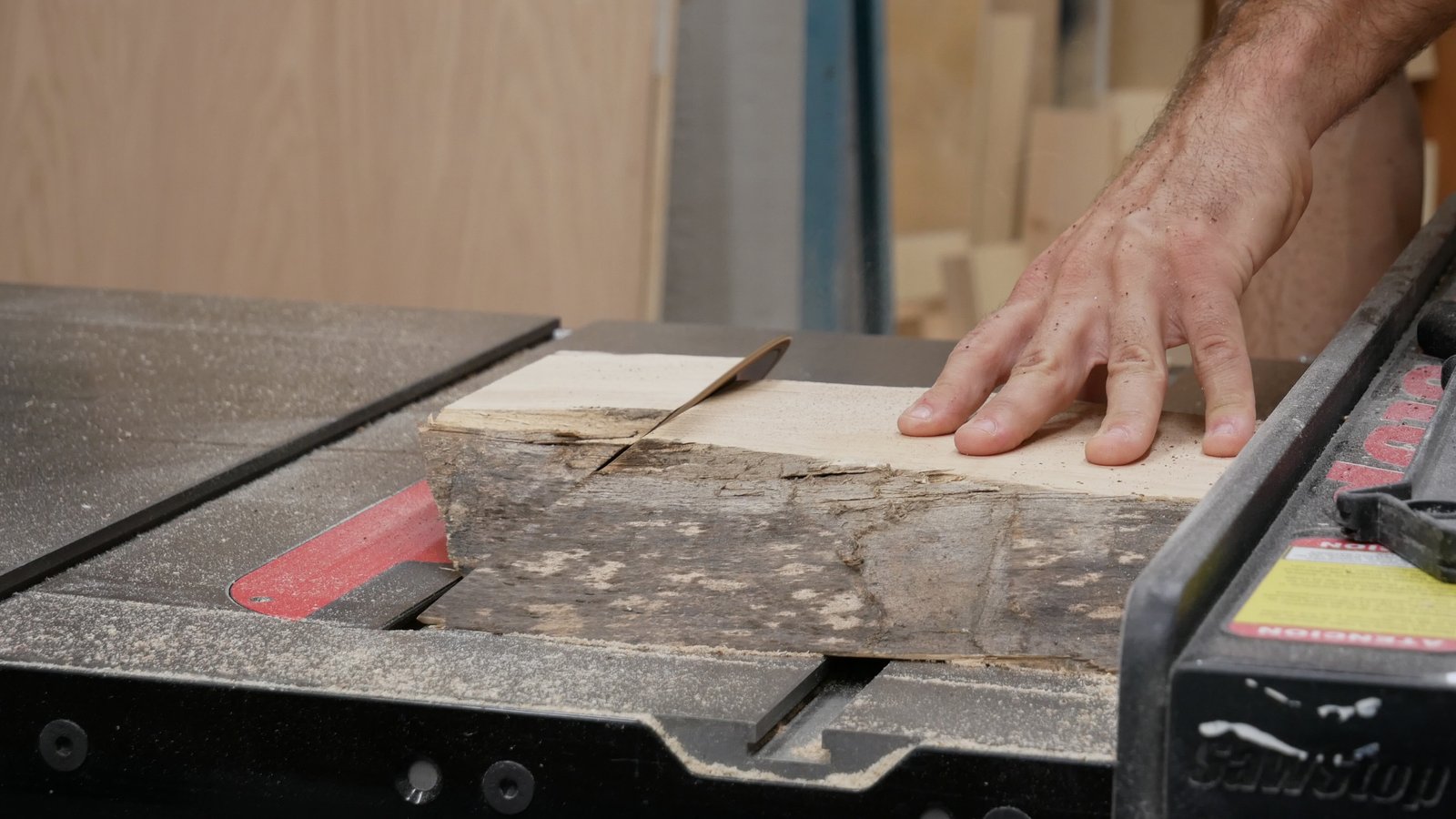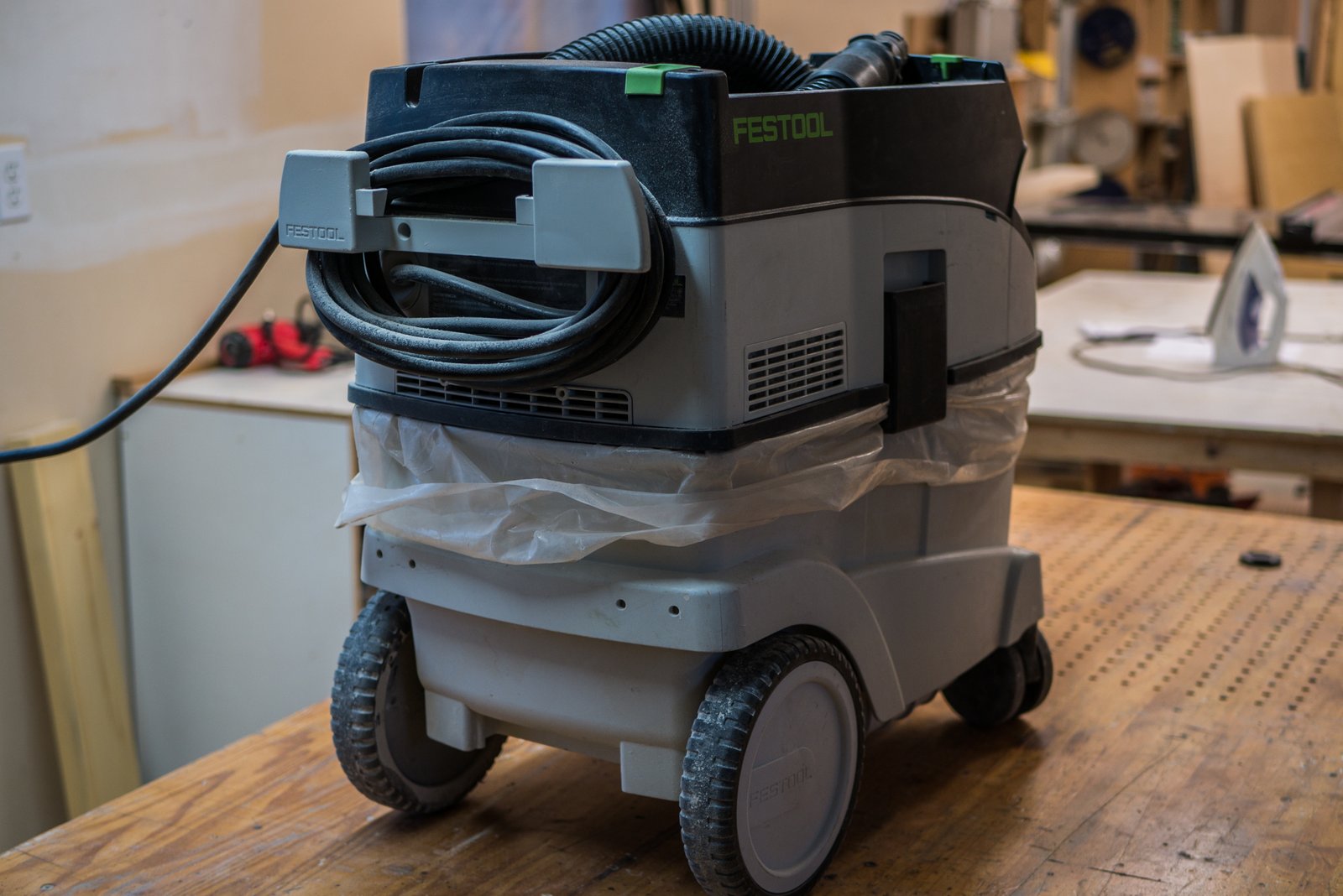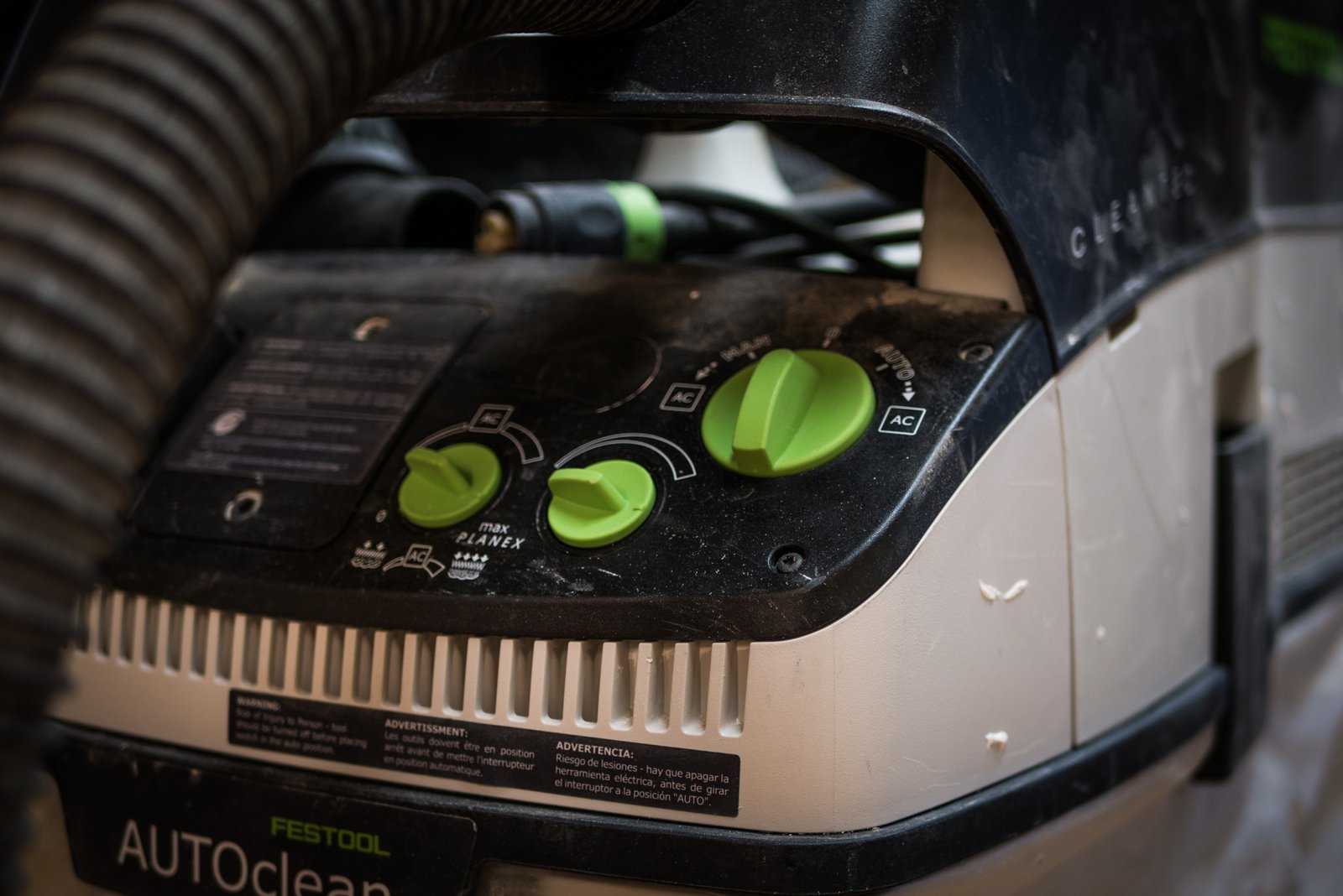Tool Chest: Dust Extractor
Imagine this, you’re doing a small project in your house. Maybe a bench, maybe a shelf, whatever the case you’re making a lot of dust. You don’t notice at first, you’re too focused on what you’re doing. After the project the climaxes you snap out of it and finally come to your senses. You suddenly realize the horrible, horrible mess you’ve made. The room is covered in dust. Jesus, how did the dust get all the way over there?!

Sometimes I spend just as long cleaning up after a project as I do working on the actual project. Dust travels. It floats in the air, gets sucked up into your HVAC system and recirculated through your house if you aren’t careful. It’s a pain in the ass that no one wants to deal with. Enter the dust extractor.

A dust extractor is like a smart vacuum cleaner. Dust extractors are meant to be attached directly to the tool you’re using. Unlike your average Hoover or Dyson a dust extractor is triggered by whatever tool is attached to it. So when you pull the trigger on your miter saw or flip the switch on your table saw the dust extractor is activated at the same time. This allows you to effortlessly suck up any dust that is created while you’re making your cuts. It doesn’t stop at stationary saws though. Dust extractors can be attached to palm sanders, routers, and other power tools that are notorious for the abilities to generate dust.

You’d be surprised at the number of tools that can accept dust extractors too. Almost any tool that has a useless dust catch bag can be easily adapted to work with a dust extractor. Simply remove the dust catch bag and fit the dust extractors hose over the neck that the dust catch bag attached to and you’re good to go. This isn’t the type of tool where you get locked into a certain brand either. The hose size is universal and works with a wide range of tool brands.

Most dust extractors are portable, with integrated wheels that allow you to pull them around your work space. Just think of it like a pet that follows your around and eats the scraps you drop.

Not only do dust extractors keep your work area tidy, they also help your tools from getting clogged with dust and over heating. This can help prolong the life of your tools, their blades, pads and other wear items. It’s a win, win for everyone involved. Well except for your wallet. The entry price of a dust extractor is normally quite high. They can range anywhere from $200 to $1000. Granted throughout it’s life a dust extractor will definitely pay for itself in saved time and extended tool life, but its a big upfront cost. See if you can find a used one or wait until you see one on sale. There are deals to be had out there people!

That’s it for the tool chest this time. Check back in next time for more tool recommendations.